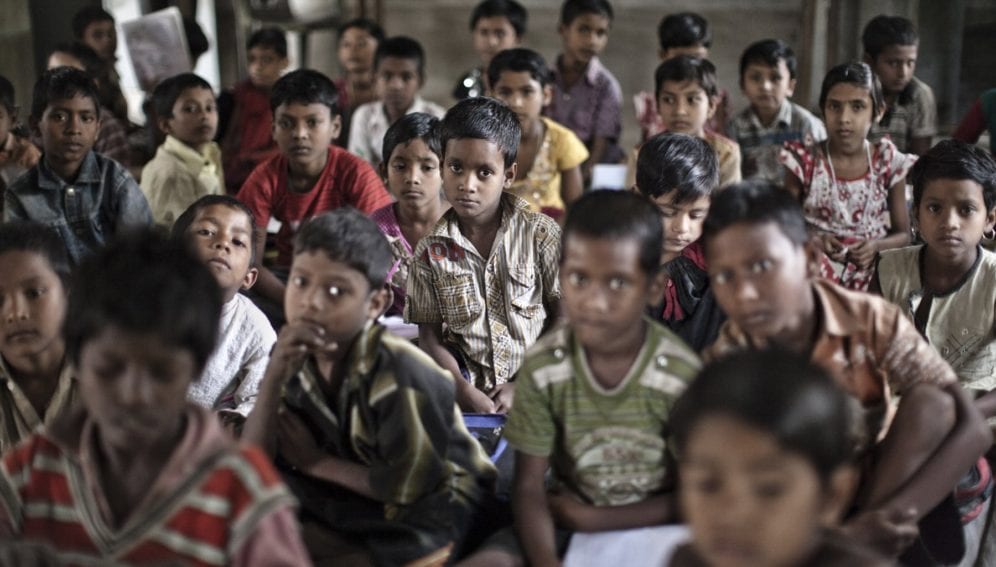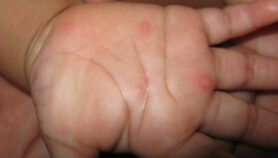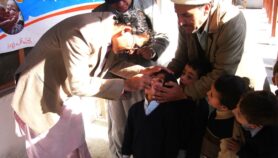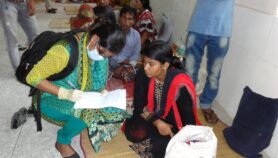By: M. Sreelata
Send to a friend
The details you provide on this page will not be used to send unsolicited email, and will not be sold to a 3rd party. See privacy policy.
[BANGALORE] Nearly half the children in India suffer from stunting because mothers are uninformed, financially incapable or stunted and undernourished themselves, says a study conducted by the Harvard T H Chan School of Public Health, Boston and published by Social Science and Medicine last month.
The highest risk factors include maternal stature, education, wealth of the household, dietary diversity and maternal BMI. “Maternal height is the strongest determinant of childhood under nutrition,” S V Subramanian senior author of the study and professor, Population Health and Geography, Harvard University, tells SciDev.Net. The study used data of nearly 29,000 children aged six-59 months from the Third India National Family Health Survey 2005-06.
However, Subramanian added that he wouldn’t take just one risk factor in isolation and interpret the top five risk factors collectively. Collectively they capture both ‘nutrition-specific’ (maternal height, BMI and dietary diversity) and ‘nutrition-sensitive’ (education and household wealth) as being important. “This underscores that the key to addressing this problem is to ensure ‘food security’ and ‘livelihood security’,” Subramanian added.
He said that the top five factors are largely true for all the regions, however this particular study is not adequately powered to link risk factors to regions. There has been a decline in stunting — from 57 per cent in 1992-93 to 47 per cent in 2005-06 and further to 39 per cent in 2013-14.
The top five risk factors of stunting were selected from a list of 15 well-known risk factors for chronic undernutrition among children in India. Vitamin A supplementation, vaccination, use of iodized salt, household air quality, improved sanitary facilities, safe disposal of stools, improved drinking water, prevalence of infectious disease, initiation of breastfeeding and age at marriage were some of the other risk factors that were also considered.
“If the population of stunted children in India were a single country, it would be the ninth largest country in the world,” says one of the co-author and professor Ramanan Laxminarayan at Public Health Foundation of India. He adds that the performance at the all-India level masks significant differences in state level performance, which is where the battle against malnutrition must now be fought.
The Indian government recently halved the allocation for Integrated Child Development Schemes (ICDS), the nutrition programme that targets pre-school children and lactating mothers. It has also failed to fund the National Nutrition Mission, a programme launched in 2014 to address maternal and child nutrition issues in 200 high-risk districts.
“The cuts in the social sector are disastrous,” Vandana Prasad health activist and national convener at the Public Health Resource Network. She says, the supplementary funds announced for ICDS will not even meet the maintenance costs.
The Harvard study concludes that investment and focus of nutrition programmes should be on improvement of social circumstances and also to promote dietary adequacy and diversity.
Experts warn that while there have been slow improvements on the heath trends, the present neglect of the social sector may reverse them. “The trend, even if it continues, is simply too flat and we can do a lot more to accelerate things in the field of nutrition.”














